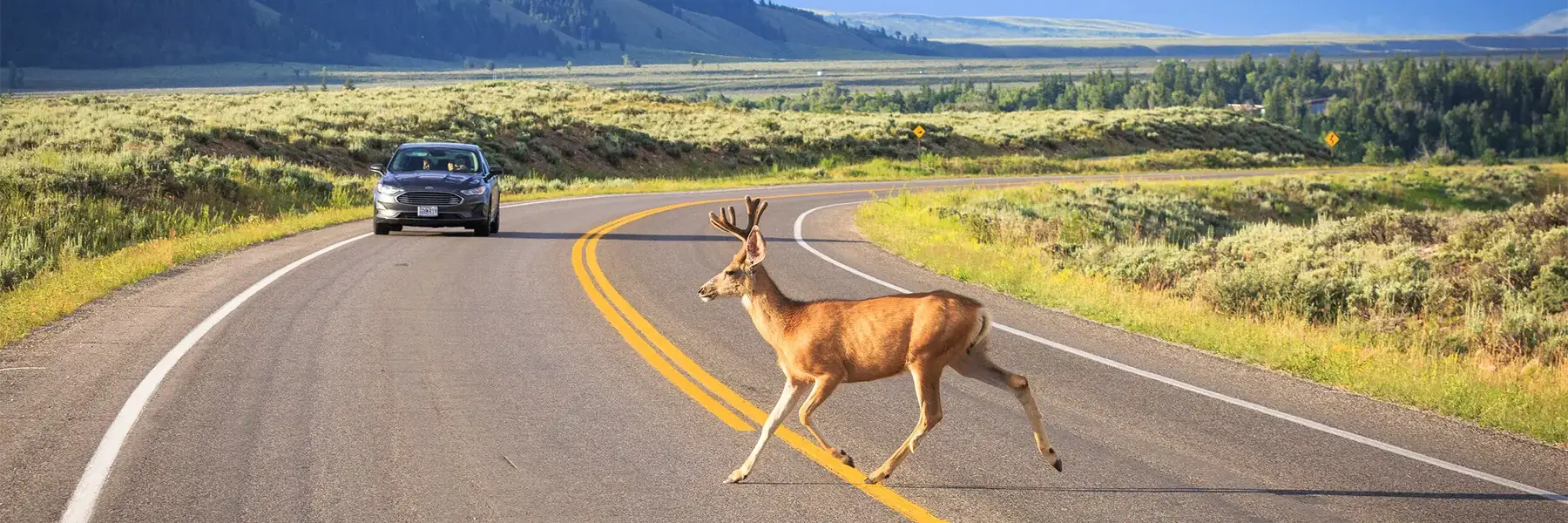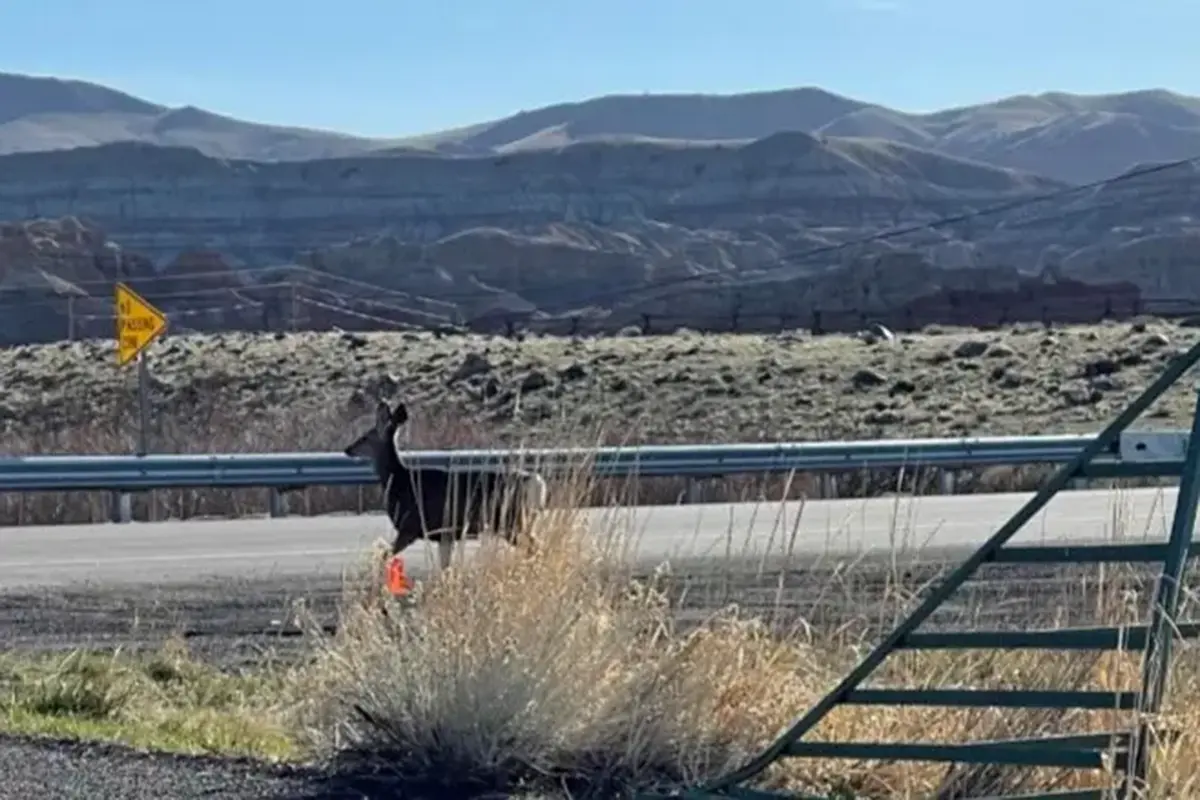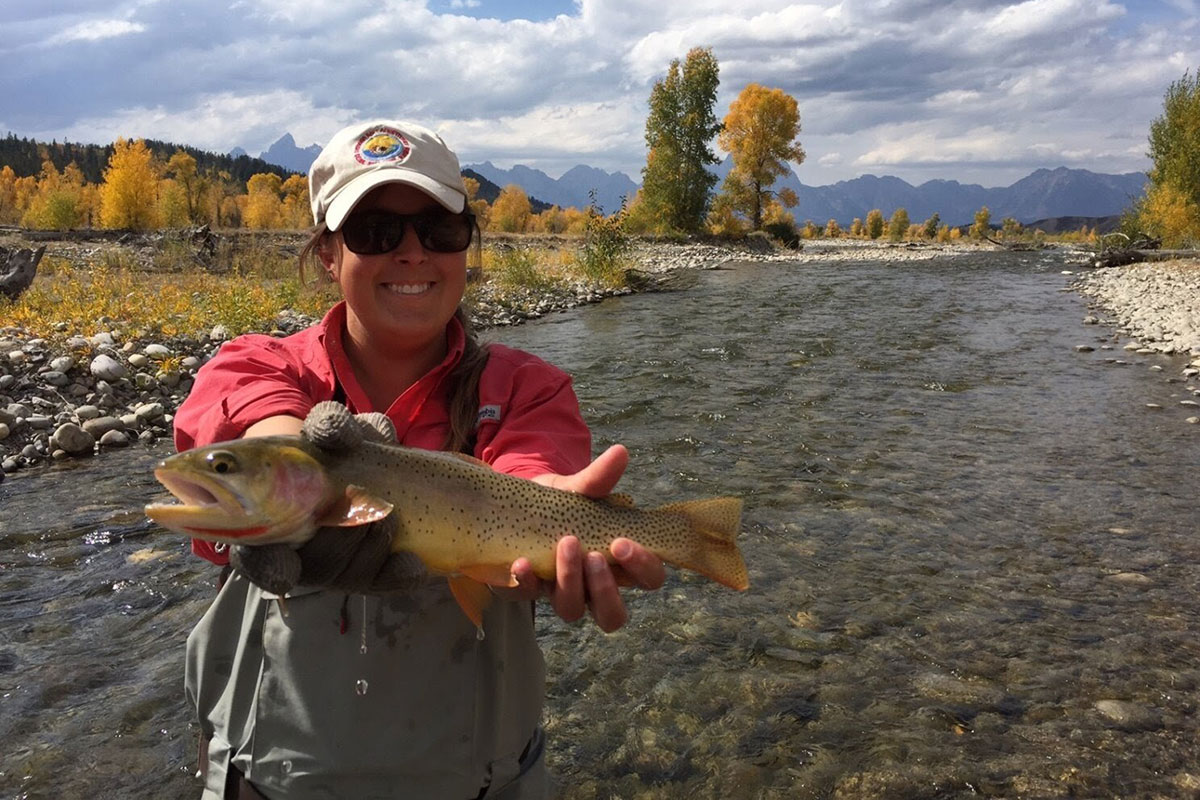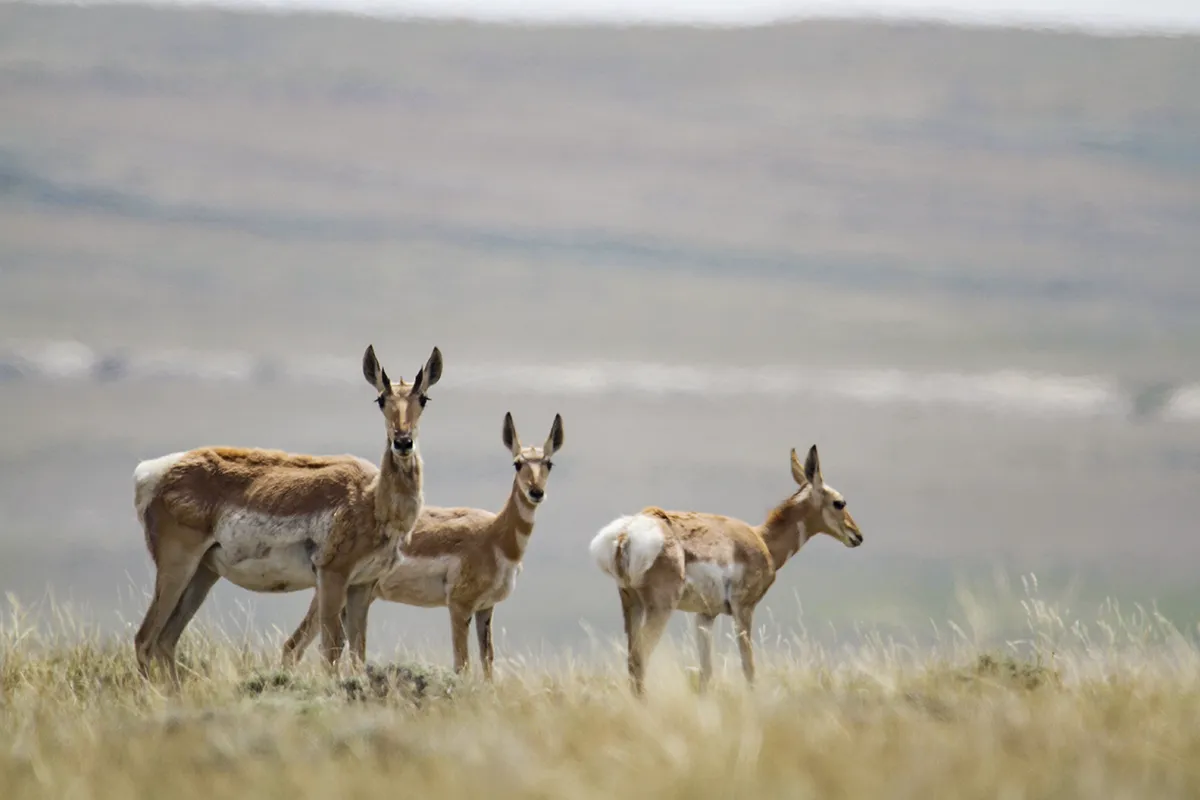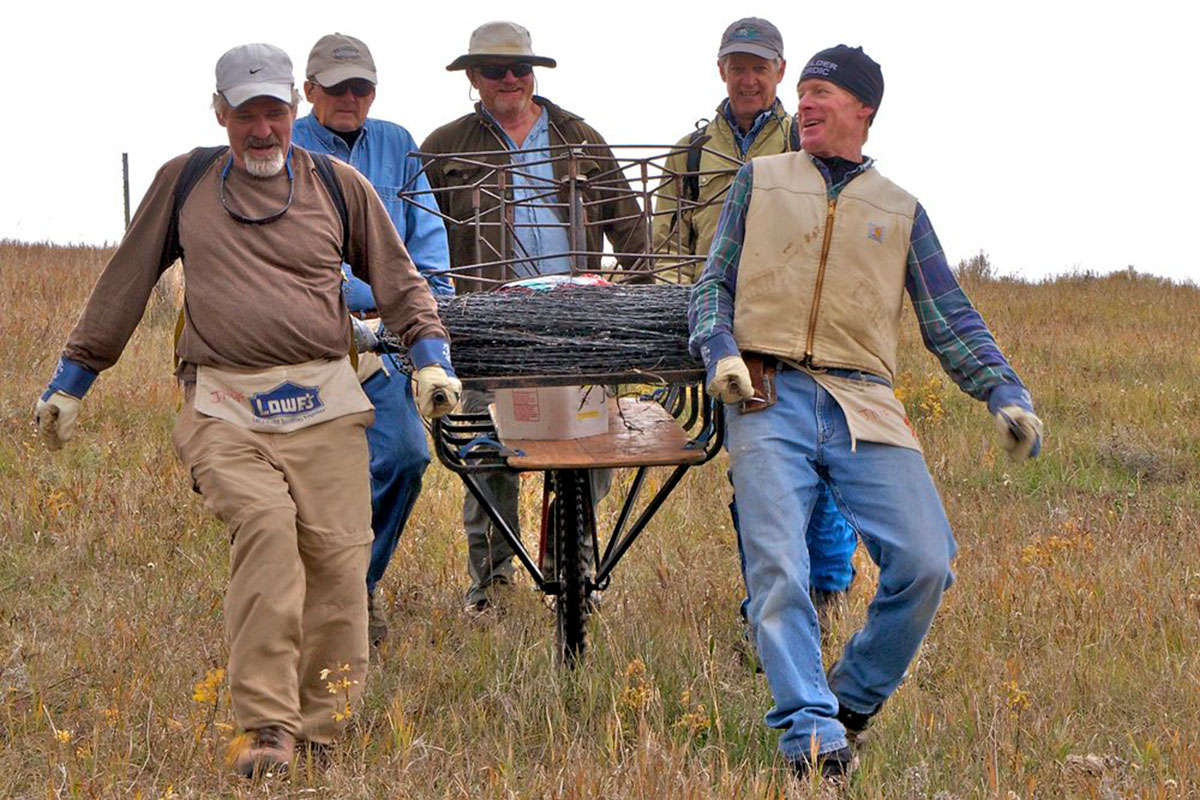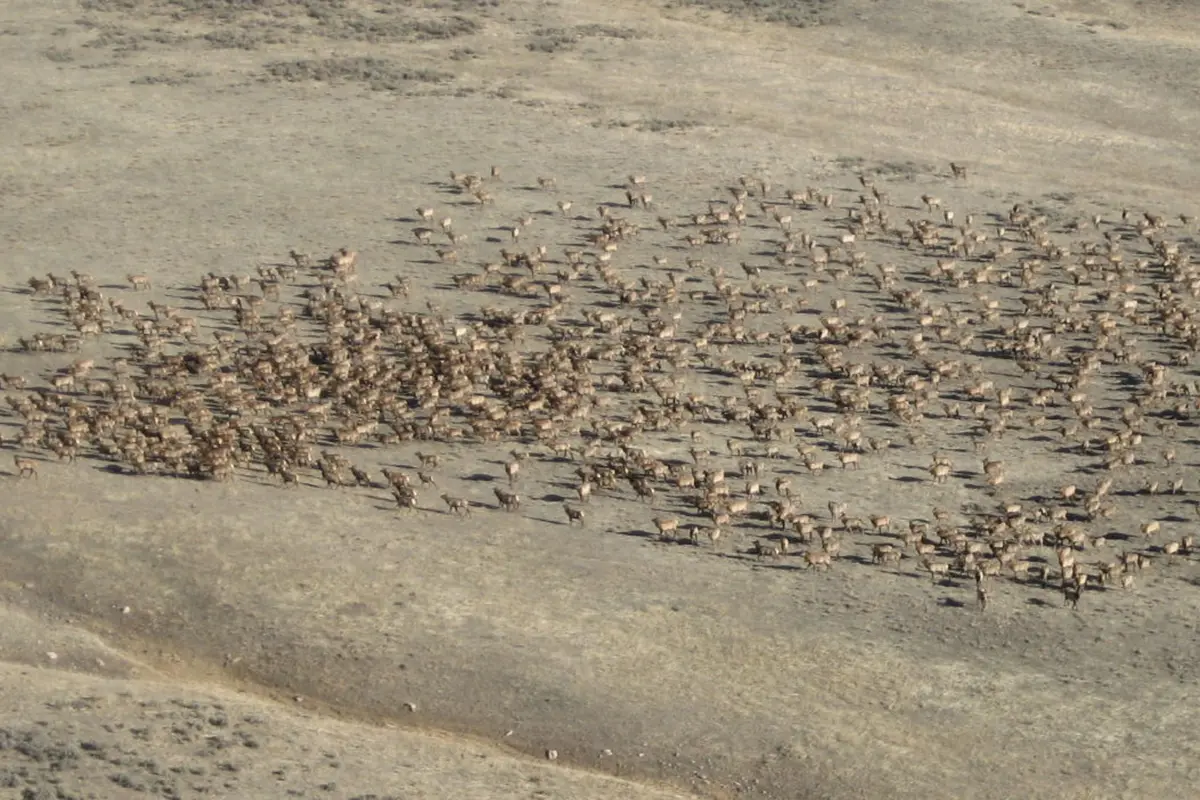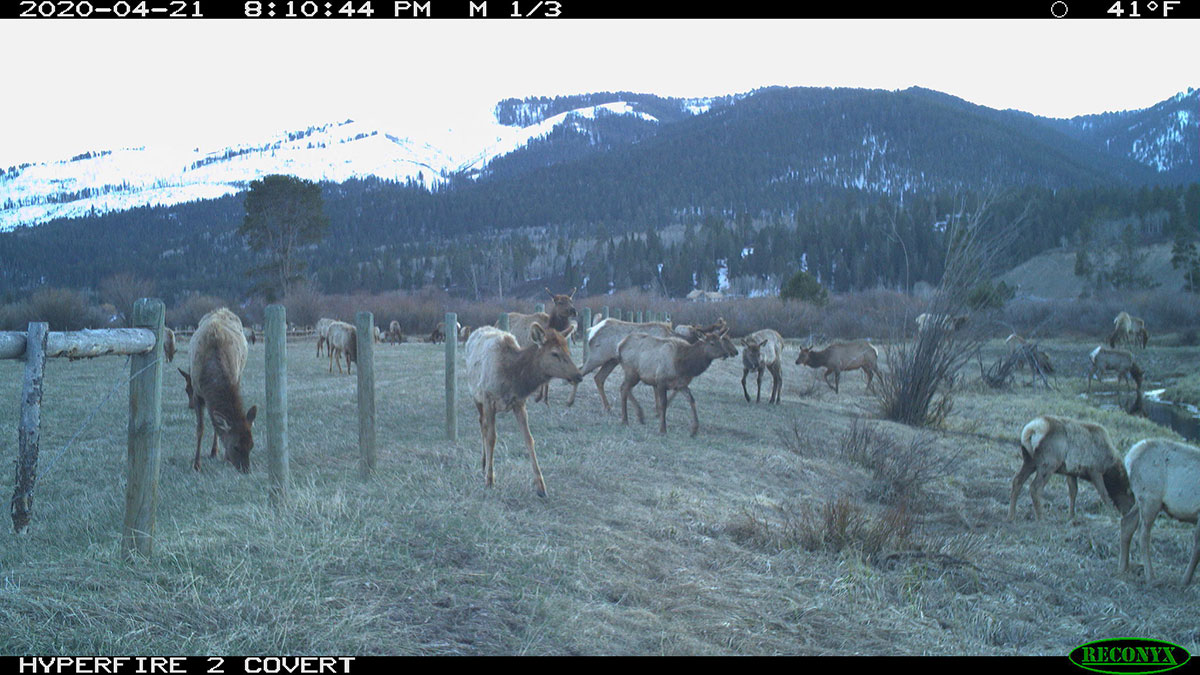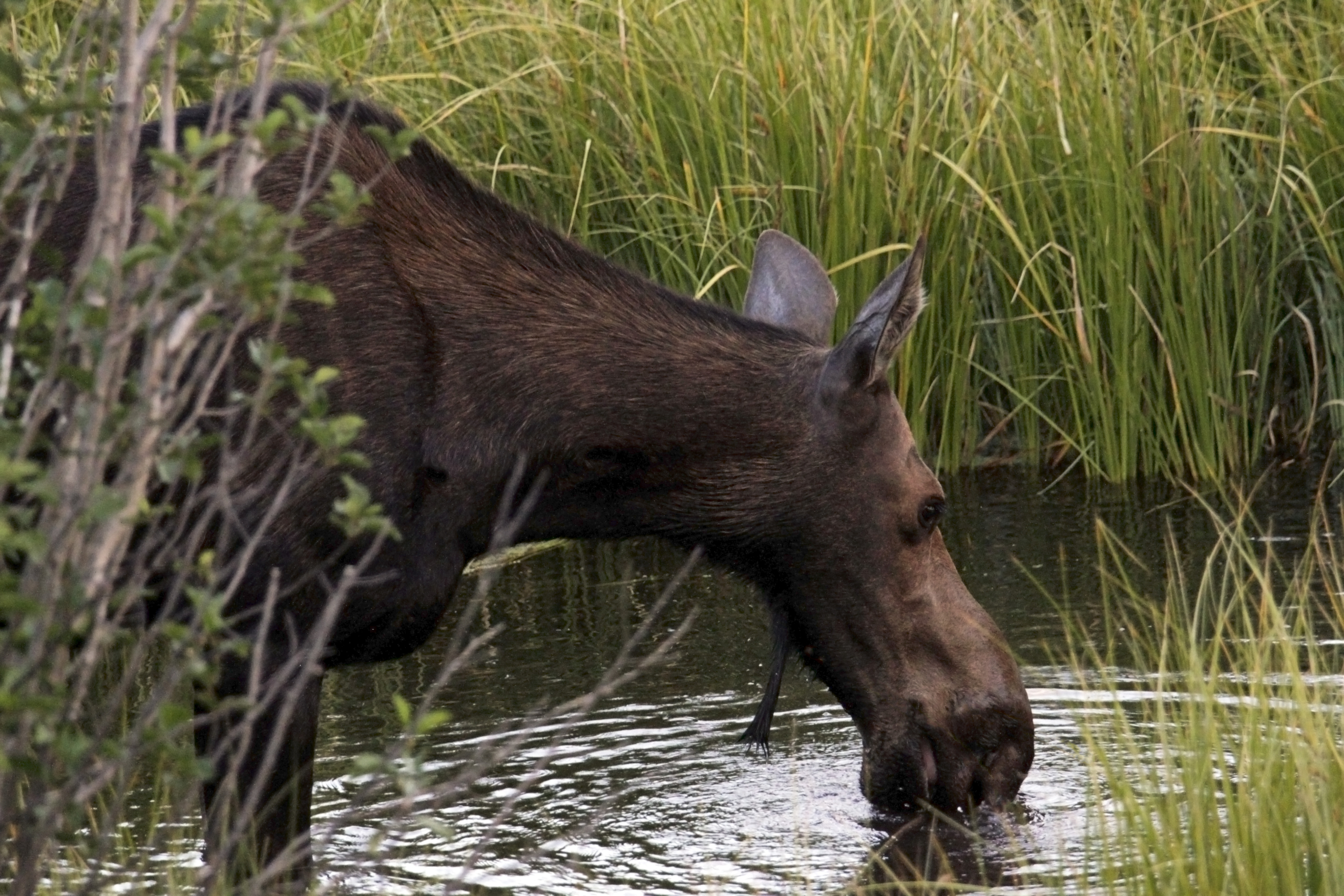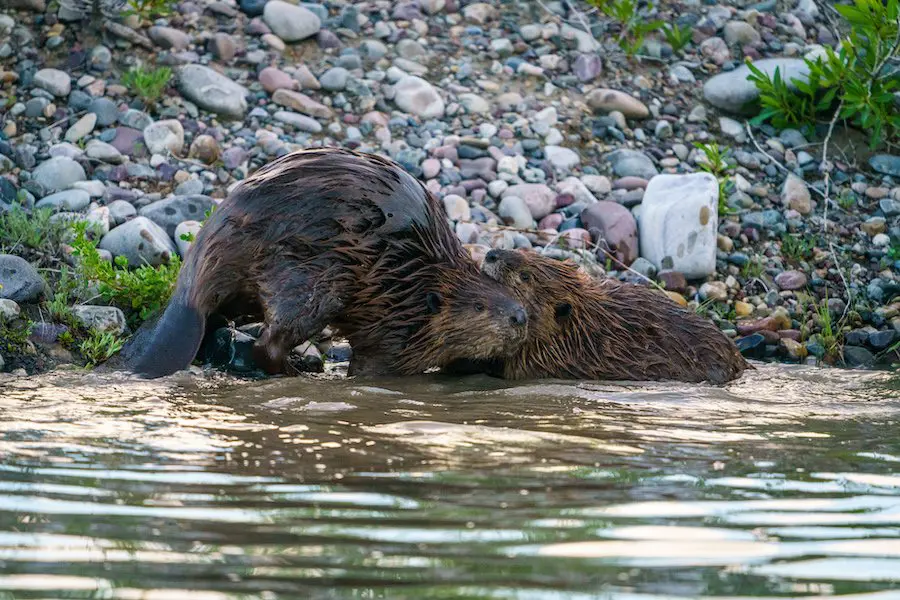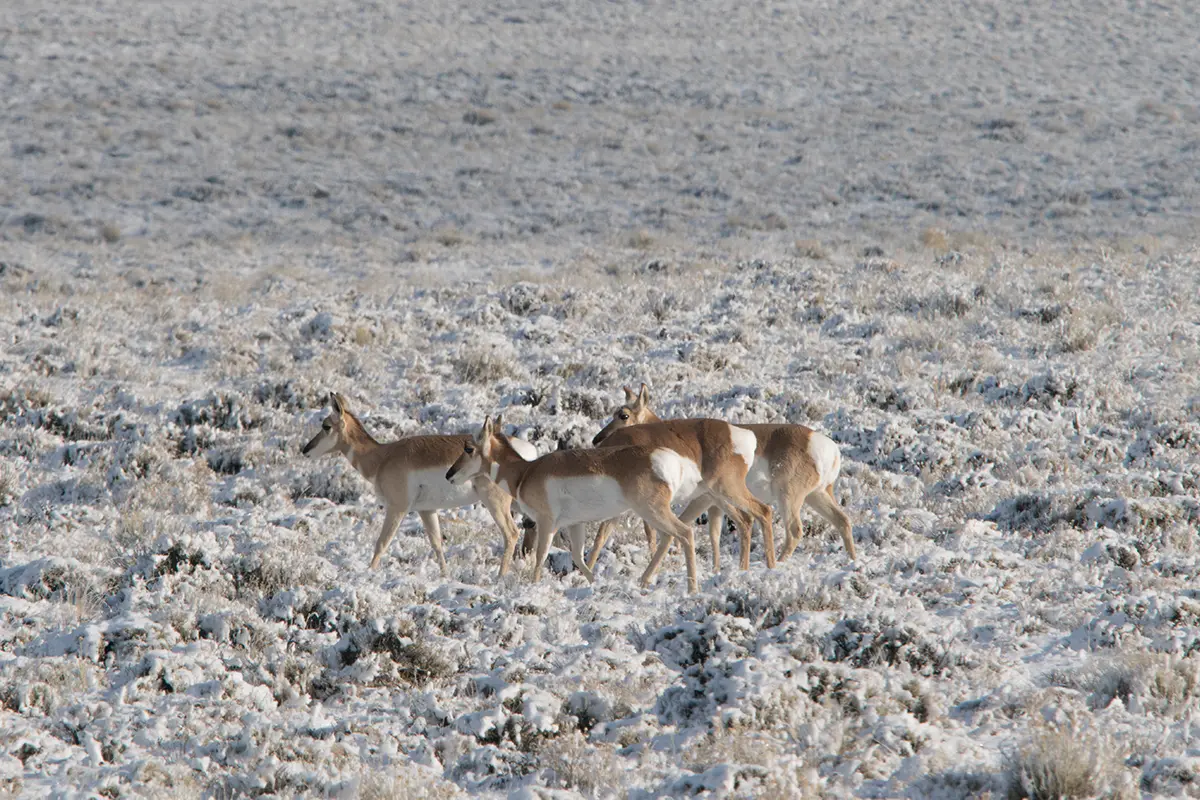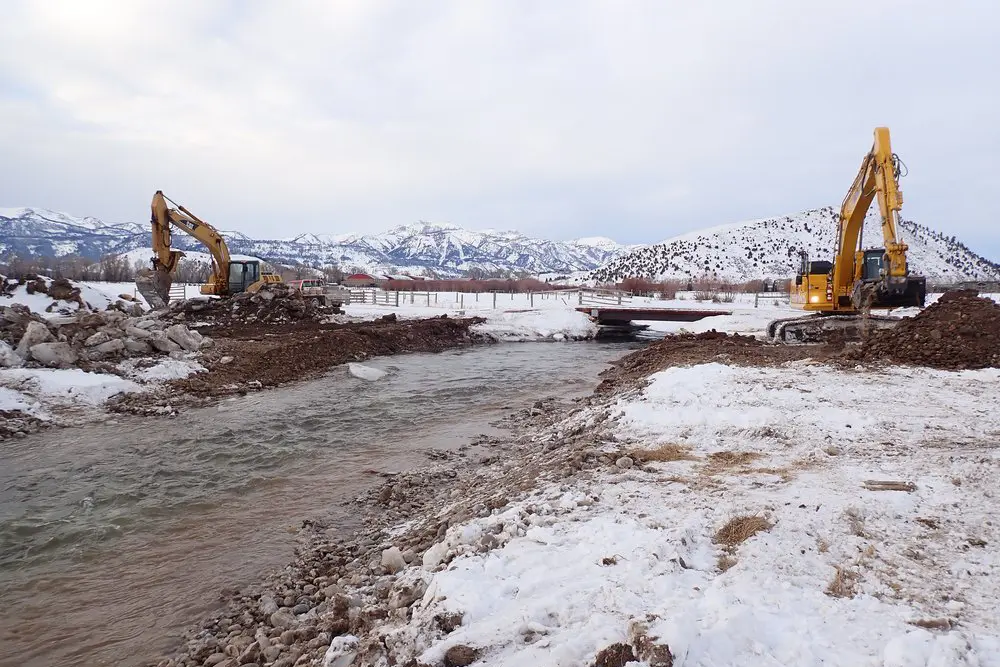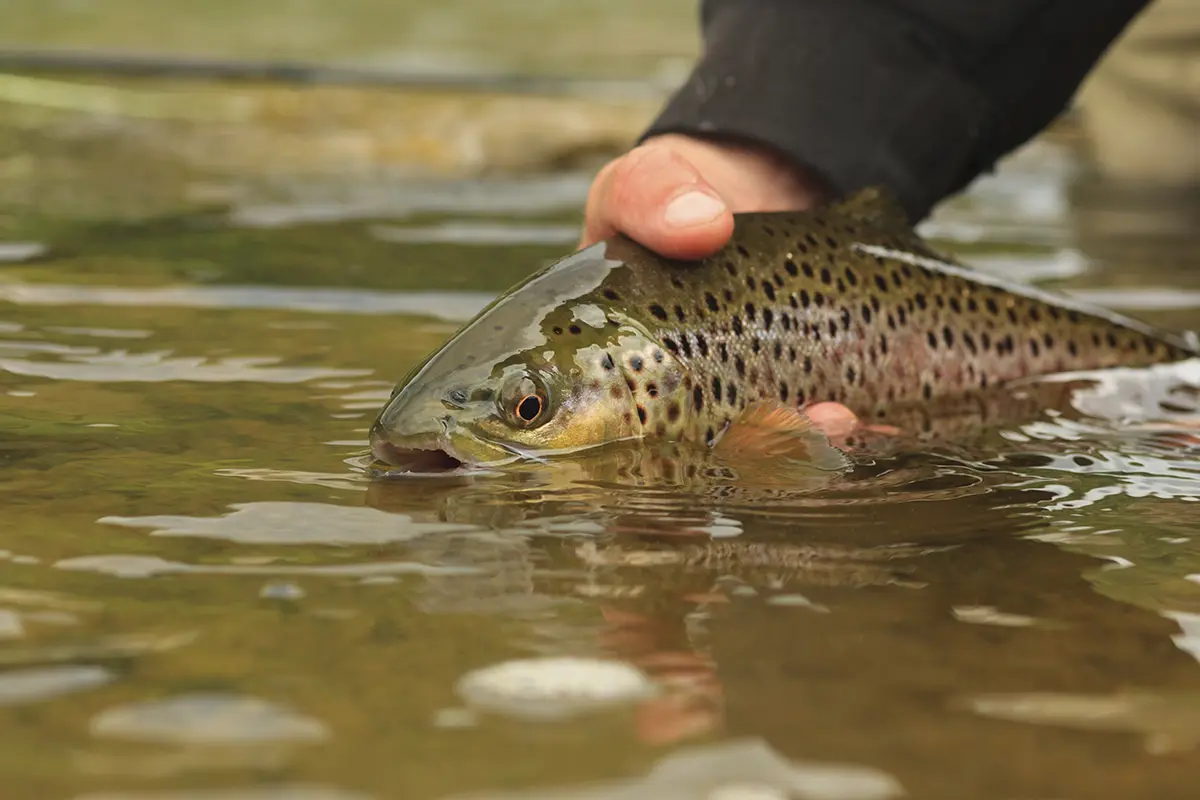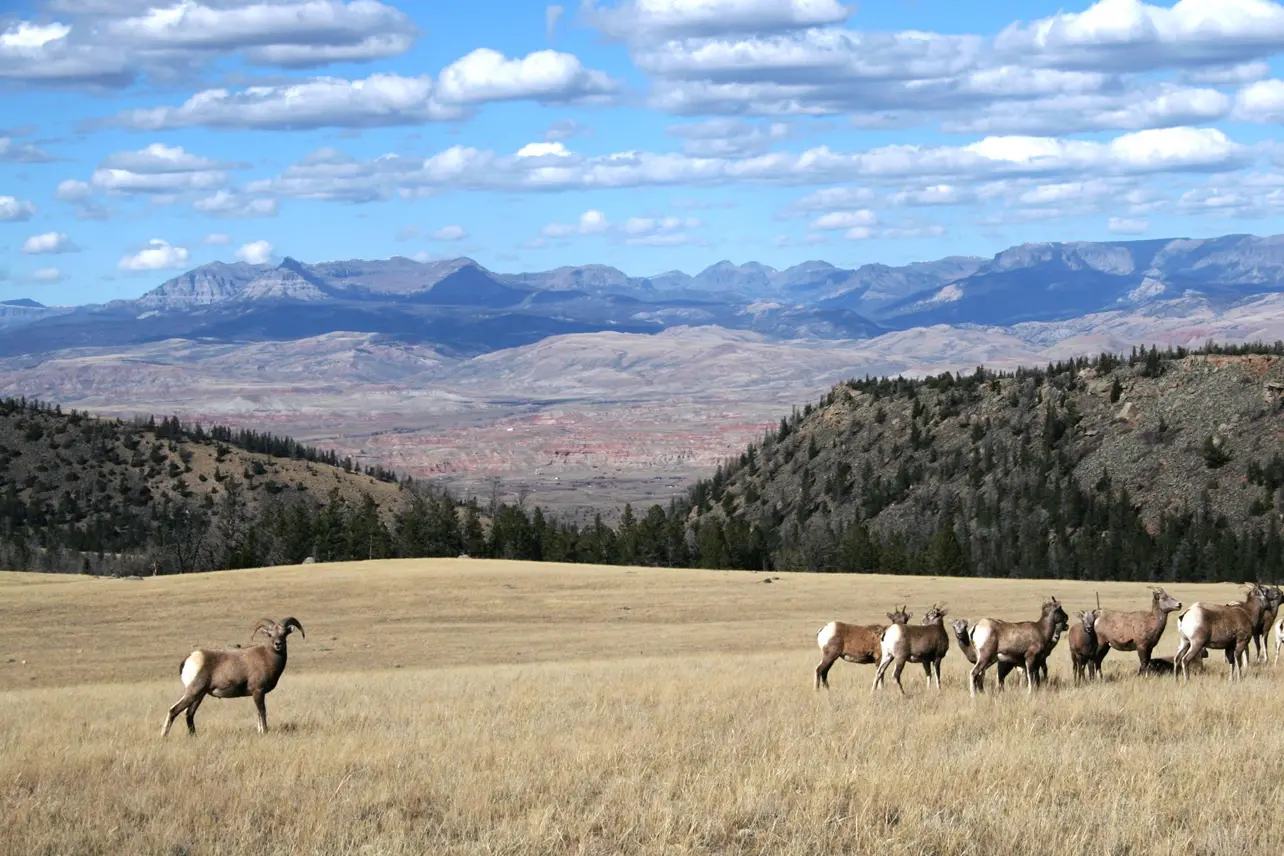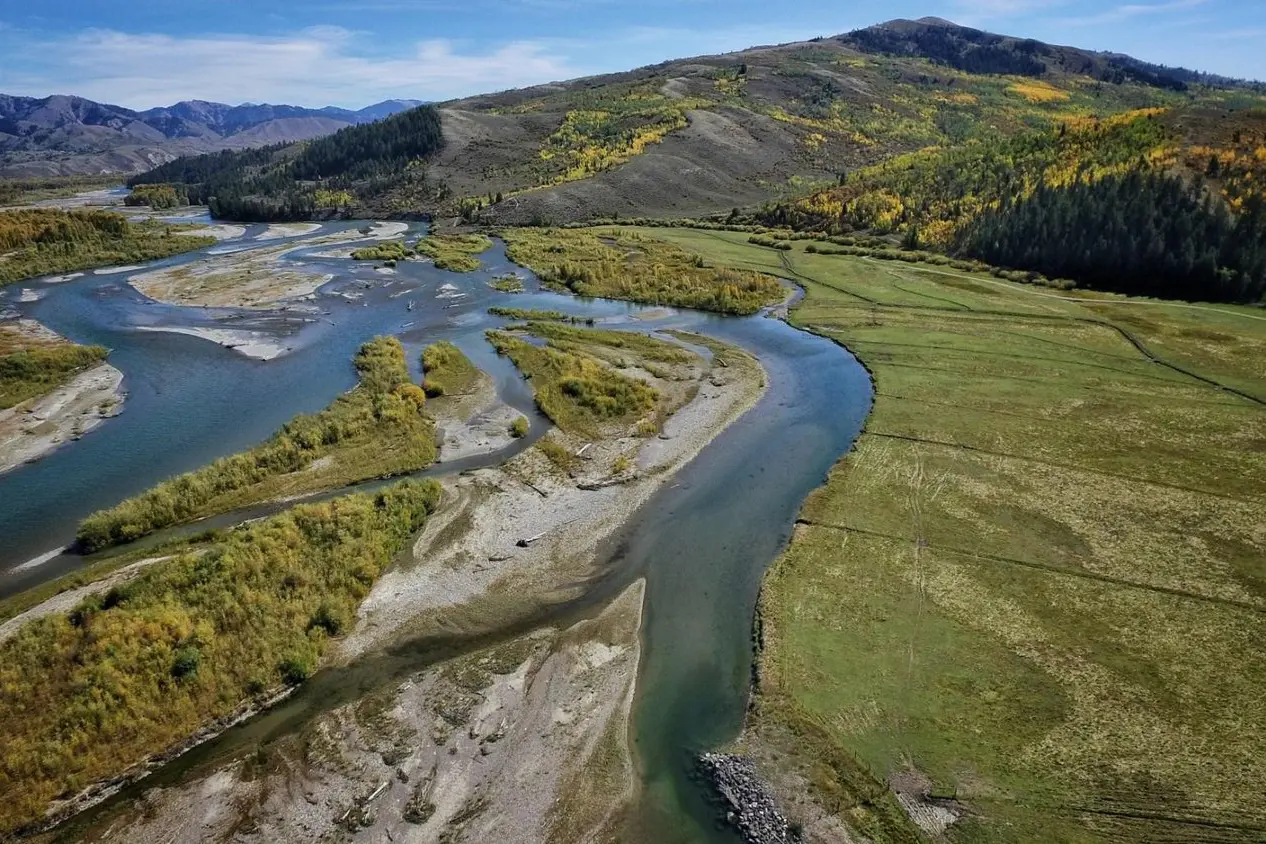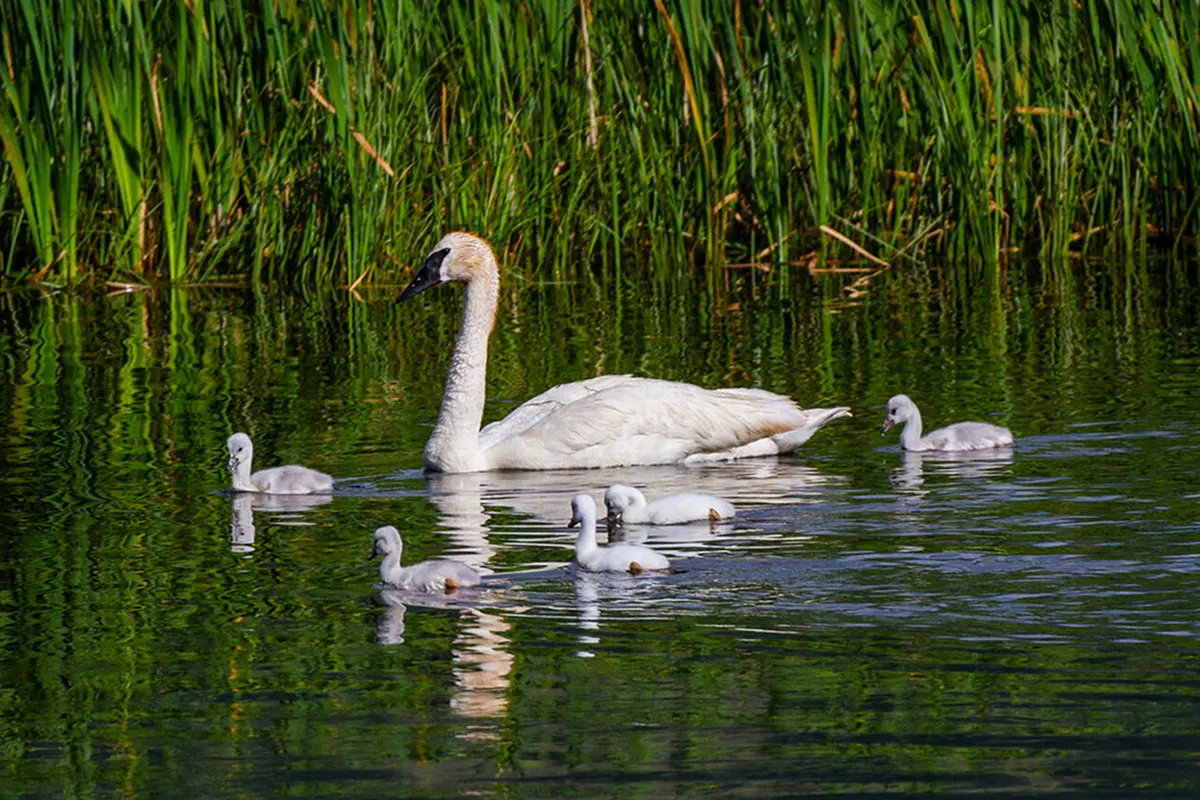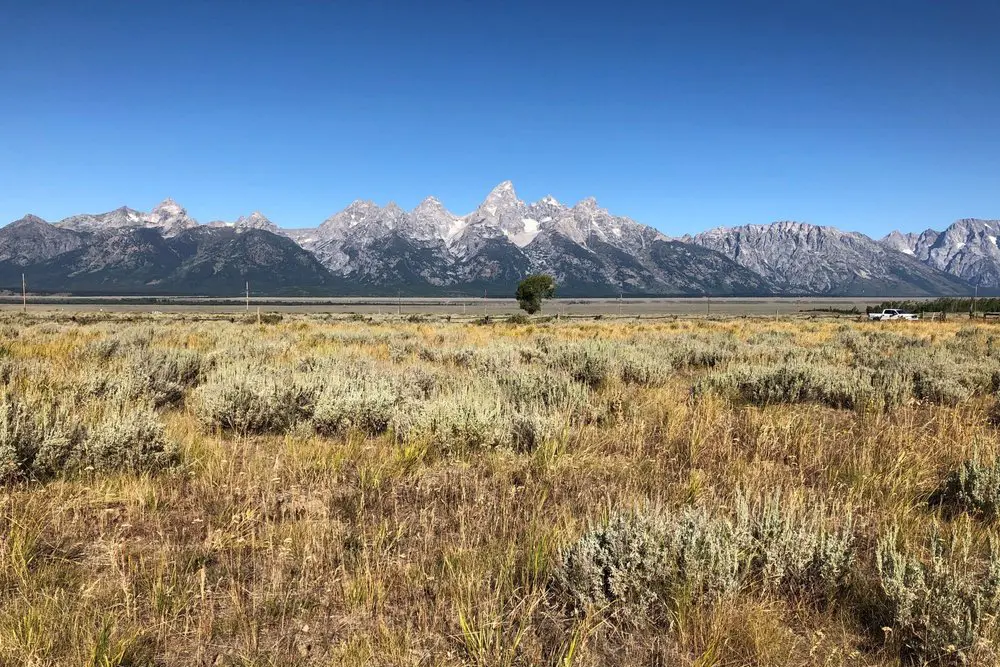WYLDLIFE FOR TOMORROW
As the human impact on wildlife in Wyoming increases, we need a broad coalition of support for critical conservation measures.
Conservation Projects
Whether we’re building wildlife-crossing structures to minimize vehicle collisions, increasing understanding of the natural world through scientific research, or enhancing habitat, the conservation of Wyoming’s wildlife requires funding.
For example, more than 6,000 large mammals die on Wyoming’s roadways each year at an estimated cost of $50 million in damages to vehicles, human injury expenses, and loss of wildlife. We support the construction of wildlife crossings to save wildlife and mitigate the economic loss.
We also support wildlife-friendly fencing projects, aquatic and terrestrial habitat improvements, and other critical conservation efforts across the state.
WYldlife Barriers
Urban, suburban, and rural developments and their infrastructure—think: fences, roads, dams—can be major barriers to all kinds of wildlife. Improper planning can result in fragmented habitats that constrain wildlife movement, impairing an animal’s ability to find food, shelter, and mates. Over time, populations can lose important migration routes, become isolated, and even go locally extinct. Projects underneath this umbrella aim to reduce human barriers to wildlife movement, whether that is through fence removal, construction of wildlife crossings over roads, or stream channel improvement, among others. Money donated to this category will fund these projects and improve wildlife movement throughout the state.
WYldlife Disease
Infectious diseases exist everywhere in the natural world, and some are better understood than others. What’s more, human activities and environmental changes are leading to changes in many diseases, further expanding the gap in our understanding of disease ecology. Wildlife disease research, monitoring, and control are crucial to safeguarding biodiversity and global health—among both animals and humans. Money donated to this umbrella will fund projects that seek to improve our understanding of disease ecology and implement disease prevention and control methods. The Chronic Wasting Disease Project, which aims to use new technological advancements to study saliva samples and examine how the disease is spread, is one such project.
No current projects.
WYldlife Research
We can’t know the needs of our wildlife populations without studying them, examining a wide array of subjects such as species behavior and ecology, conservation and control methods, population management strategies, and disease transmission, to name a few. Such studies take place over many years and generally require extensive funding. Money donated to this umbrella of WYldlife for Tomorrow will be put toward projects that aim to improve our understanding of our state’s wildlife to better manage and conserve populations. The Jackson Elk Project, which seeks to GPS-collar elk in the Jackson elk herd to better understand migration routes and protect important travel corridors, is one such project.
WYldlife Habitat
Wildlife populations require four basic habitat components: food, water, shelter, and space. With continued human expansion and development in the west, we are seeing an increase in encroachment on important wildlife habitat, putting animal populations at risk. Projects beneath this umbrella aim to reverse or mitigate human impacts on wildlife habitats and improve Wyoming’s land for numerous species. Examples of projects include restoring sagebrush habitat that was cultivated for hay production, revegetating stream banks, and deepening river channels, among others. Money donated to this category will be used to continually improve wildlife habitats all across the state, as needs will continue to arise.

